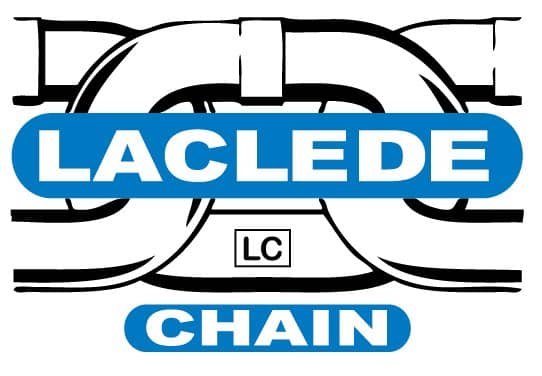Marine Environments & Your Chain
Steel is the material of choice for many of the things we use every day—tools, vehicles, and chain. Due to the saltwater and salt air, marine environments are tough on steel. Since the invention of steel, people have been experimenting with ways to prolong its life, especially in these tough environments. The typical answer is to dip it in molten zinc (HDG). However, we’ve been experiencing success with a new technology that is more environmentally friendly and effective in making steel last longer. Before we introduce you to our solution, let’s discuss the challenges steel faces in a marine environment.
Rust: The Troublemaker
The iron in steel exposed to water (or moisture in the air) will cause the chain to rust. The salt in the air near the ocean reacts more aggressively with everything, so chain rusts faster near the ocean than it does in typical inland conditions. It rusts even faster in salt water.
Chain in use is also often under tension, which means the adjoining links rub against each other or the shackles or other attachments that are connected. Over time, the rubbing erodes the rust barrier and allows the corrosion process to accelerate to convert the steel to rust. The natural movement of the ocean waves will have the same effect on the chain as well.
Hot Dip Galvanizing (HDG) has been the traditional means of preventing steel from rusting, but HDG doesn’t actually prevent rust, it simply slows the reaction that creates it. The thicker the zinc coating, the longer the steel will last.
The Solution
Within the past thirty years, a new, safer, more environmentally sustainable solution has emerged—Galv360. Galv360 uses a proprietary process to create a strong zinc/steel alloy with many layers. These layers provide greater thickness, insulating the steel chain much better than traditional HDG applications. It allows the zinc white rust barriers to develop, making the steel underneath last longer than traditional HDG.
